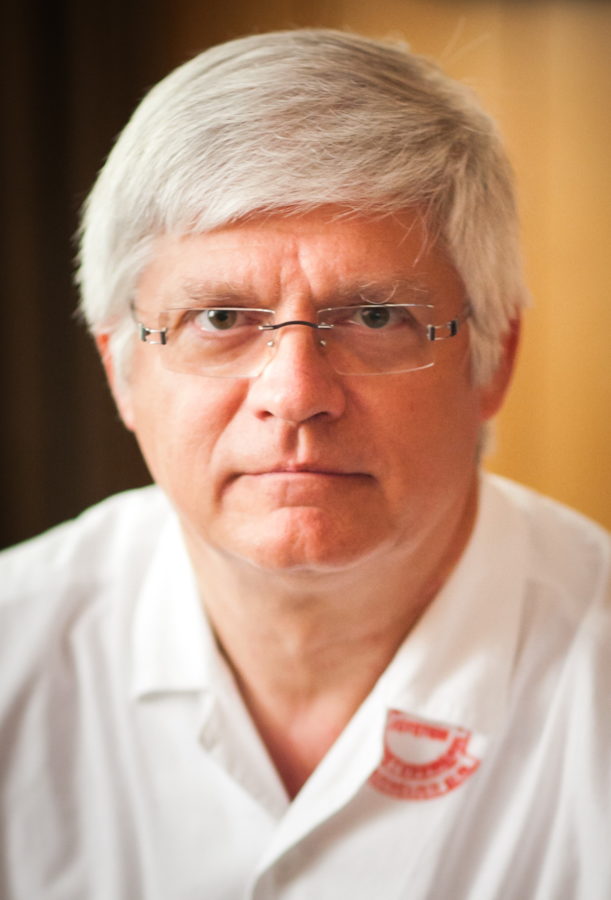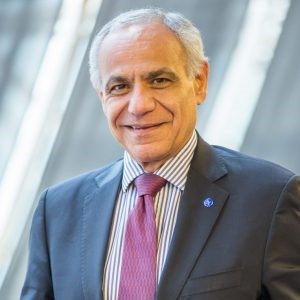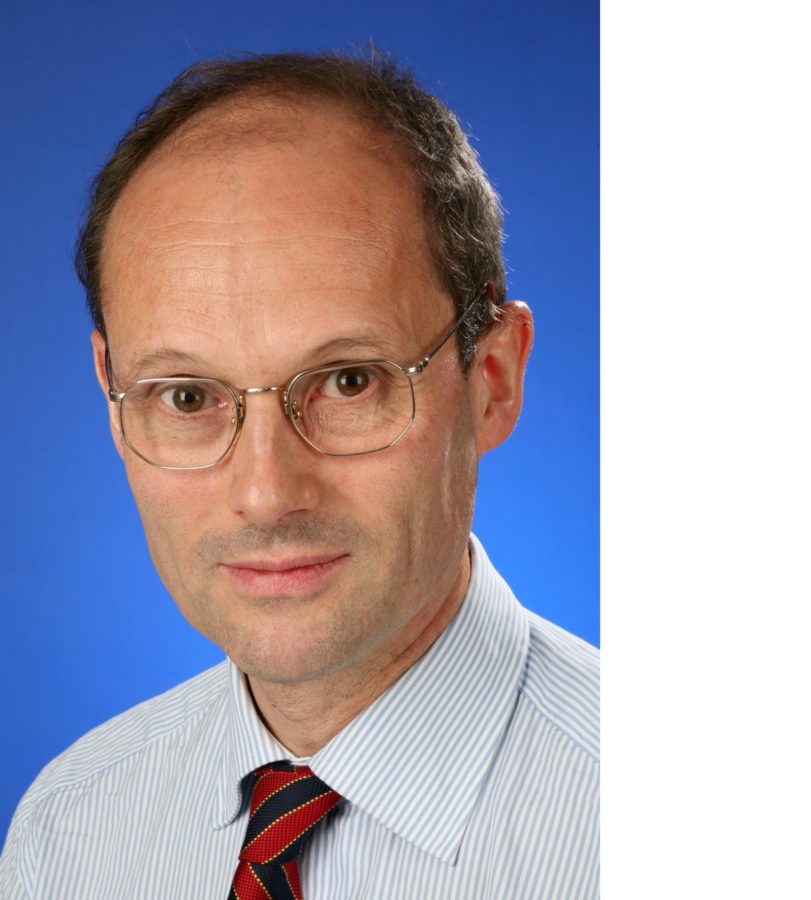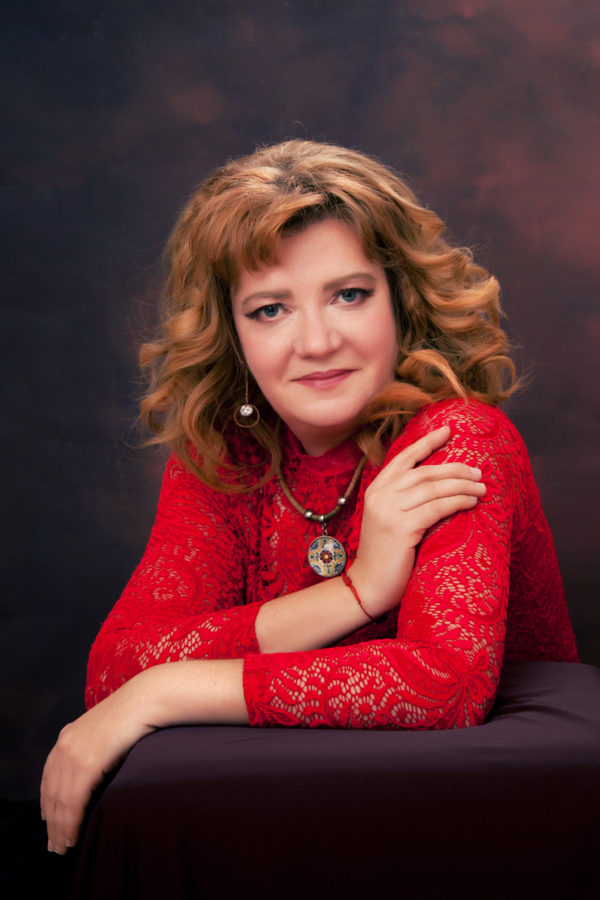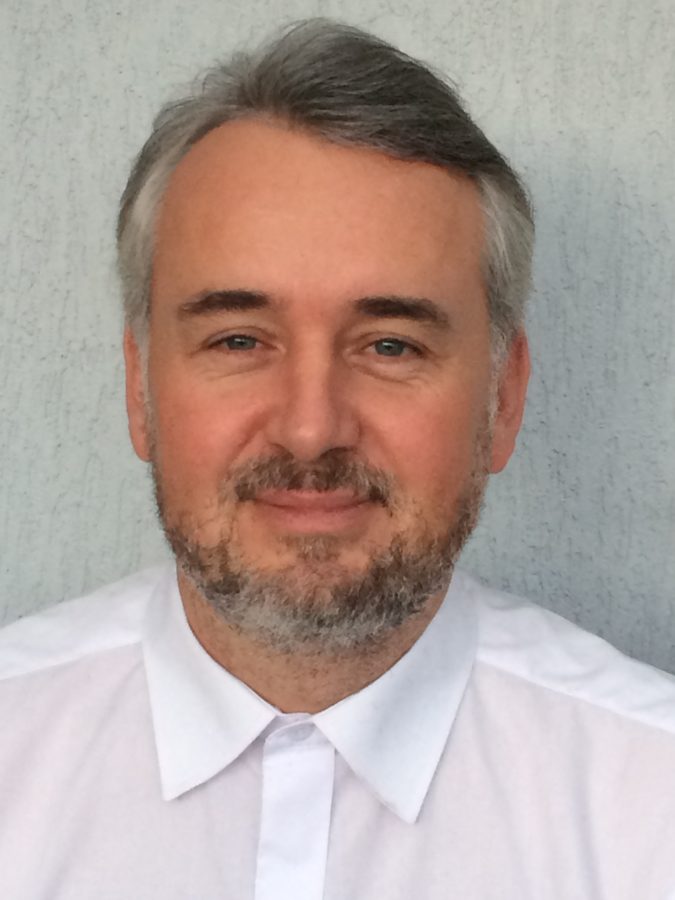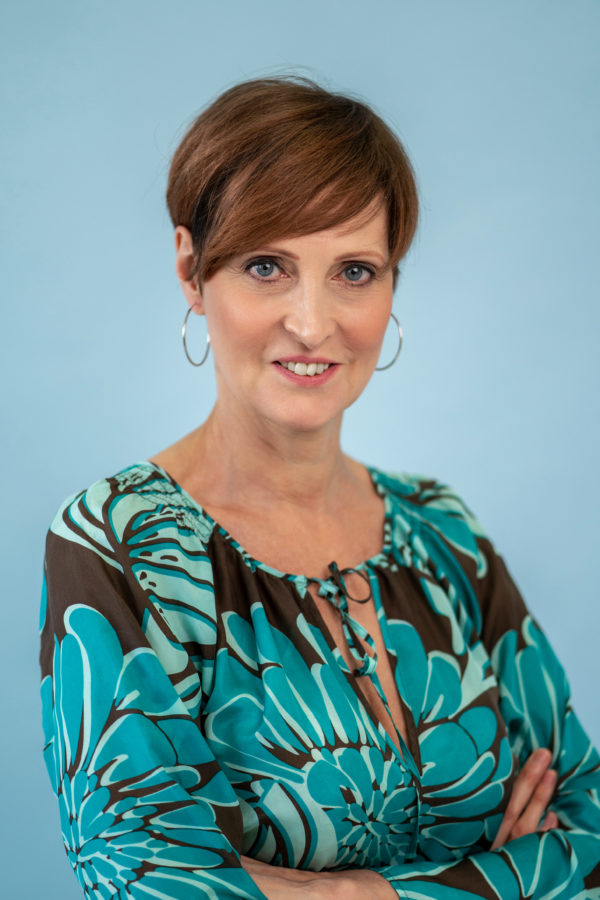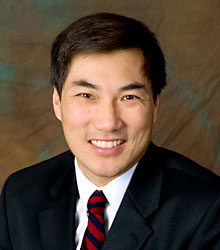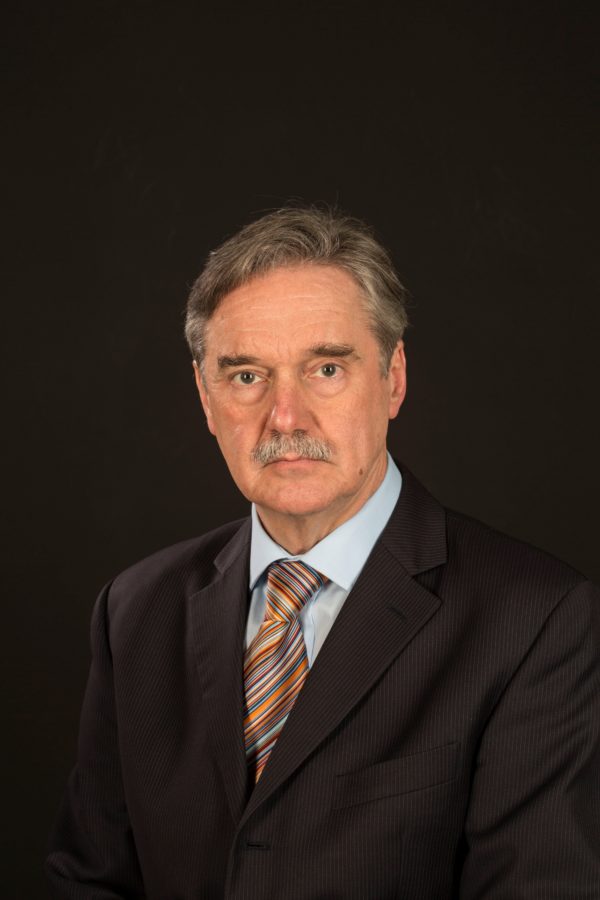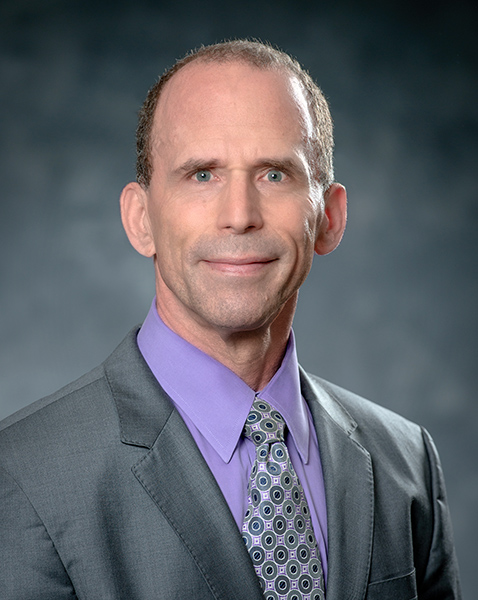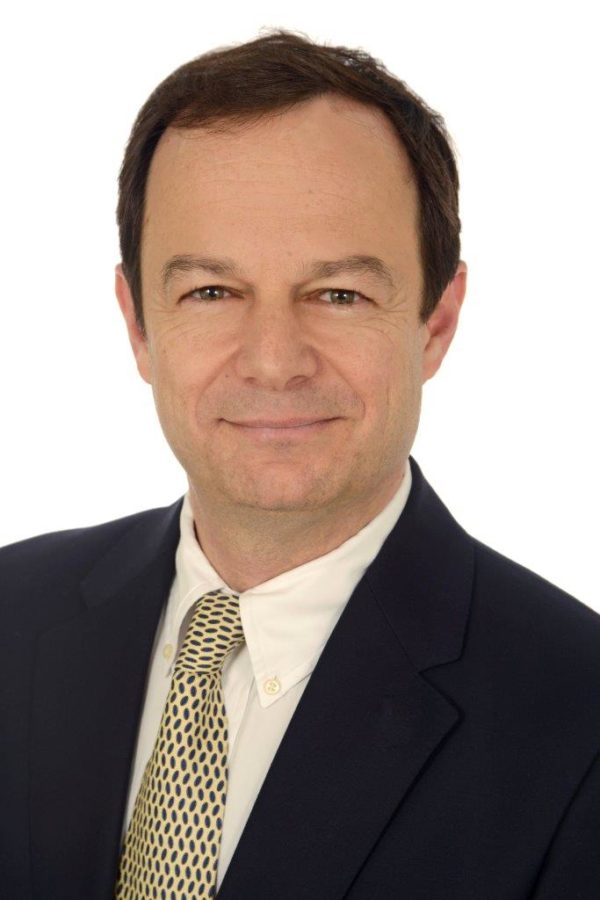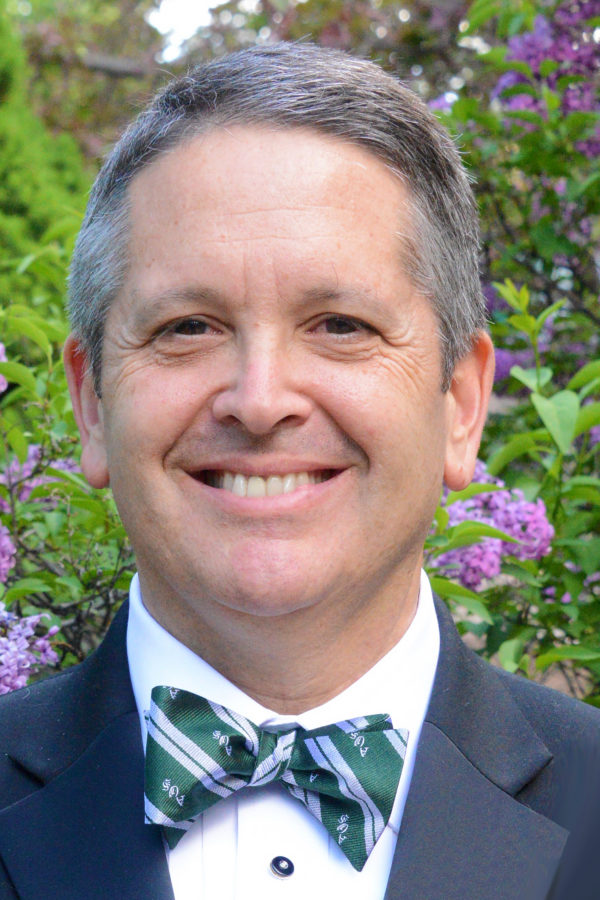SOE Webinar Library
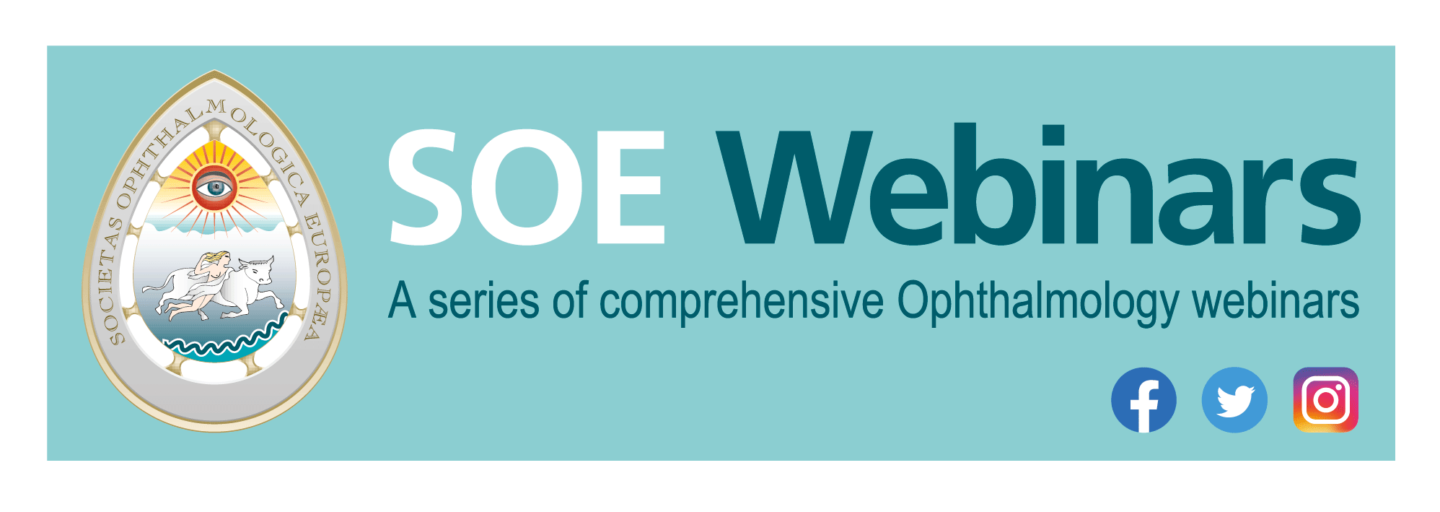
Updates in Paediatric Ophthalmology 2022
Videos & Q&A
Click here to view any of the talks listed below
| Updates in Paediatric Ophthalmology 2022 | |
| Treatment of LHON in Childhood – Claudia Priglinger (Germany) | |
| ROP – an update – Ann Helström (Sweden) | |
| Topical Betablockers Treatment for Infantile Hemangioma – Darius Hildebrand (United Kingdom) | |
| Paediatric Cataract Surgery – Challenges and Recommendations for 2022 – Ed Wilson (United States) | |
| Paediatric Cataract – the role of Genetics – Chris Lloyd (United Kingdom) | |
| Q & A section |
Updates in Strabismus 2022
Videos & Q&A
Click here to view any of the talks listed below
| Updates in Strabismus 2022 | |
| Eye Muscle Tendon Elongation – Oliver Ehrt (Germany) + Q & A | |
| Management of Consecutive Exotropia – Daniela Cioplean (Romania) + Q & A | |
| Surgery for Restrictive Strabismus – Gil Adams (United Kingdom) + Q & A | |
| Intermittent Strabismus – Eedy Mezer (Israel) + Q & A | |
| Impact of Overminus Treatment for Intermittent Exotropia on Myopic Progression of Children 3 to 10 years– Donny Suhn (United States) + Q & A | |
| Inferior Oblique Anterior Nasal Transposition (IOANT) – Jon Peiter Saunte (Denmark) + Q & A |
Where Ophthalmology Training is Heading For?
Videos & Q&A
This session will covers and explains how the supranational organizations are adjusting to the current needs of the ophthalmology training, but also what is the best pathway for a resident to gain as much clinical knowledge as possible and to be ready to prepare and to sit the final board exam. From the young ophthalmologists’ point of view and in order to assure the best patient care, we would like to raise the consciousness across Europe about the importance to harmonize the residency training, with the special accent on surgical training of young ophthalmologists (YO). The current situation with pandemics of Covid-19 influenced the training in ophthalmology as well as all other life domains. Every country has been searching for the best formula to keep the training programs efficient, despite different educational systems that are present across the Europe. With the development of artificial intelligence and surgical simulation systems, the surgical training gap might be overcome, especially in the era of pandemics and absence of live meetings and hands-on trainings. These experiences from all over the world will be analysed in detail in this session. And to conclude, in the last topic of the session, the importance to raise a voice and achieve the best quality of knowledge and patient care, the importance of advocacy and the influence in the political arena, even by an ophthalmologist, will be discussed.
Click here to view any of the talks listed below
| Where Ophthalmology Training is Heading For? | |
| How Supranational Organizations are Readapting and Leading the Ophthalmology Training in Europe – Wagih Aclimandos (United Kingdom) | |
| How YOs Can Prepare for the Subspecialty Exams? – Christina Grupcheva (Bulgaria) | |
| Surgical Simulation versus Surgical Real Training? Ann Sophia Skou Thomsen (Denmark) | |
| Benchmarking and Harmonizing Ophthalmology Training in Europe – Miguel González Andrades (Spain) | |
| Suggestion for a Minimum Surgical Curriculum in EU – Marie Louise Roed Rasmussen (Denmark) | |
| COVID and Its Influence on Ophthalmology Training – Camila Ventura (Brazil) | |
| How Can Ophthalmologists Influence the Political Arena? – Darby Miller (United States) | |
| Q & A section |
2am Ocular Emergencies
In the situation of an ocular emergency, rapid diagnosis and proper treatment are the key to success. Ophthalmologists should be familiar with common symptoms and signs of ophthalmic emergencies such as acute visual loss with or without pain, ocular traumas and others including nerve palsies. This webinar is aimed to display the standards and fundamentals of dealing with ophthalmic emergencies and help the ophthalmologists to build a pattern of clinical thinking. Via case-based education, participants of this webinar will learn from experts of the field about typical symptoms and signs of ocular emergencies to make a quick judgement about the diagnosis and to perform further examinations to confirm the judgement. Experts will also explain how the ophthalmologists should make prompt and appropriate treatment to ensure best prognosis.
Click here to view any of the talks listed below
| 2am Ocular Emergencies – section 1 – including the following talks and intro Intro and Talk 1 – Microbial Keratitis – Angela Panico (Italy), Talk 2 – Angle Closure Glaucoma – Acute Management – Zeynep Aktas (Turkey) and Talk 3 – Acute Anterior Uveitis: Differentials and Assessment – Florence Hoogewoud (Switzerland) plus Q&A | |
| 2am Ocular Emergencies – Section 2 Talk 4 – Transient Ischaemic Attack / Amaurosis Fugax – Differentials and Assessment – Neringa Jurkute (United Kingdom), Talk 5 – CRVO And CRAO Acute Management Rodolfo Mastropasqua (Italy) and Talk 6 – Vitreous Haemorrhage – Differentials and Assessment – Matteo Forlini (Italy) plus Q & A | |
| 2am Ocular Emergencies – section 3 Talk 7 – Chemical / Thermal Injury Acute Management – Cuynet Ozmen (Turkey), Talk 8 – Sharp Trauma: Corneal Laceration vs Penetration – Assessment and Referral – Michael Tsatsos (Greece) and Talk 9 – Blunt Trauma: Hyphaema vs Rupture – Assessment and Referral – Vladisnav Dzinic (Serbia) plus Q & A | |
| Called 2am Ocular Emergencies – section 4 Talk 10 – Preseptal / Orbital Cellulitis – Paediatric Theme, Assessment and Management – Dimitra Portaliou (United Kingdom), Talk 11 – AION / NAION – Acute Management – Michael Stormly (Denmark) and Talk 12 – 3rd Nerve Palsy – Acute Management – Nina Jovanovic (Bosnia) Q & A | |
Videos & Q&A Current Advances & Interactive Case Discussions in Ophthalmic Oncology
The choroid remained for many years as an obscure part of the uveal tract with limited ability to examine it. Recent progress in imaging has allowed us to better understand the manifestations of many diseases and gave the ability to monitor disease behaviour and response to therapy. We will focus this webinar on the imaging modalities currently available and the conditions involving the different parts of the choroid.
Click here to view any of the talks listed below
| Current Advances & Interactive Case Discussions in Ophthalmic Oncology | |
| Choroidal Melanocytic Lesions. When to Follow, When to Treat?, Rumana Hussain (United Kingdom) + Q&A | |
| Current Indications and Limitations of Intraocular Biopsy, Heinrich Heimann (United Kingdom) + Q&A | |
| Indications and Techniques for Surgical Exision of Uveal Melanomas, Miltiadis Fiorentzis (Germany) + Q&A | |
| Can Survival of Uveal Melanoma be Improved?, Jens Kiilgaard (Denmark) + Q&A | |
Salvage Therapies in the Treatment of Retinoblastoma, Eva Biewald (Germany) + Q&A |
Videos & Q&A Structure-Function Relationships in Retina and Neuro-ophthalmology
Recent years have seen ground-breaking developments in structural imaging, but function is sometimes overlooked. Acknowledged International experts will explore structure-function relationships in retinal disease and neuro-ophthalmology in adult and paediatric populations. The presentations, some of which have a symptomatic theme, will emphasise the clinical benefits of integrating structure and function on the diagnosis and management of the patient.
Click here to view any of the talks listed below
| Structure-Function Relationships in Retina and Neuro-ophthalmology | |
| A Brief Introduction to Electrophysiological Testing, Graham Holder (Singapore) + Q&A | |
| Doctor, I Can’t See to Read. Structure-Function Relationships, Bart Leroy (Belgium) + Q&A | |
| Doctor, I Can’t See in the Dark. Retinal Structure & Function, Isabelle Audo (France) + Q&A | |
| Structure-Function in Paediatric Practice, Dorothy Thompson (United Kingdom) + Q&A | |
| How Specific are Structure-Function Relationships?, Graham Holder (Singapore) + Q&A | |
| Final Q&A |
Videos & Q&A Choroidal Inflammation – Understanding the Hidden Layer
The choroid remained for many years as an obscure part of the uveal tract with limited ability to examine it. Recent progress in imaging has allowed us to better understand the manifestations of many diseases and gave the ability to monitor disease behaviour and response to therapy. We will focus this webinar on the imaging modalities currently available and the conditions involving the different parts of the choroid.
Click here to view any of the talks listed below
| Videos & Q&A Choroidal Inflammation – Understanding the Hidden Layer | |
| Investigating the Choroid: Imaging and How it Helps in the Diagnosis and Monitoring – Aniruddha Agarwal (Dubai) | |
| Infectious Choroiditis – Vishali Gupta (India) | |
| Inflammation Involving Primarily the Choriocapillary – Francesco Pichi (Abu Dhabi) | |
| Inflammation Involving the Choroidal Stroma – Marc de Smet (Switzerland) |
Videos & Q&A – Novel Approaches for the Treatment of Challenging Macular Holes
Although macular holes have a success rate around 85- 90 percent when vitrectomy, peeling of the Membrane limitans interna and gas tamponade is performed, there is a group of more difficult cases which will not respond well to routine surgery. In this symposium an overview of classifications will be given. Furthermore, the role of inflammation besides traction forces in the pathogenesis will be discussed. New technologies for the management of large, persistent and myopic macular holes as there are: ILM flap techniques, subretinal fluid application or the combination of both will be presented as well as latest results with the transplantation of amniotic membrane for hole closure and visual gain by experts in their field.
Click here to view any of the talks listed below
| Novel Approaches for the Treatment of Challenging Macular Holes | |
| Introduction, Definition and Future Aspects – Susanne Binder (Austria) | |
| The Inverted Flap Technique in Atypical Full Thickness Macular Holes – Zofia Anna Nawrocka (Poland) | |
| Subretinal Hydrodissection to Close Large Macular Holes: A Global Perspective – Carsten Meyer (Germany) | |
| Combination of Subretinal Administration of Fluid and Inverted ILM Flap Technique as an Alternative Approach –Lyubomyr Lytvyinchuk (Germany) | |
| Experience with Amniotic Membrane Transplantation for Large and Chronic Macular Holes – Stanislao Rizzo (Italy) |
Videos & Q&A – Complex Cataracts for Candidate FEBOS-CR
The Fellow of the European Board of Ophthalmology- Cataract and Refractive (FEBOS-CR) exam is an initiative of the EBO in collaboration with the ESCRS. The aim of this exam is to put the standards for training the trainers in the subspecialty field of cataract and refractive surgery. This webinar will explain and familiarize the future FEBOS-CR candidates on how to look at videos of complex cataract cases. There are many ways to solve a complex cataract case. The FEBOS-CR candidates are expected to master the different ways to solve a problem. Mastering cataract surgery is also mastering the different surgical options and explain why your choice was the best. The faculty invited in this symposium were all successful in passing the FEBOS-CR exam and were able to convince their jury to be awarded the level of potential trainers in fellowship education programs in the field of cataract and refractive surgery in Europe and abroad. One of the parameters they were evaluated upon was their capability to explain how to deal with complex cataract cases. They will now help you understanding how to pass this exam by preparing a difficult case and explain their surgical strategy to solve the case. At the end of this course, you should return home with the conviction that you too are capable to pass this part of the exam.
Click here to view any of the talks listed below
| Complex Cataracts for Candidate FEBOS-CR | |
| Cataract Surgery in Magalocornea – Sorcha Ni Dhubhghaill (Belgium) | |
| Two Keratoprosthesis for One Eye in One Surgery – Pavel Stodulka (Czech Republic) | |
| IOL Exchange in a Complicated Anterior Segment Setting – Frik J. Potgieter (South Africa) | |
| Challenges of Mature Cataract – Tobias Neuhann (Germany) | |
| Neglected Cataract with Dense Anterior Capsule Fibrosis – John Bolger (Ireland) | |
| How to Face Darkness During Cataract Surgery – Jorge L. Alio de Barrio (Spain) | |
| Final Q&A |
Videos – International Oculoplastics – Latest Developments
It is not that we wouldn´t miss good old school European onsite meetings, but at this stage we took the opportunity to organize a real international SOE webinar on some of the latest developments within Oculoplastics.
Our presenters – all renowned experts in their field – come from East to West from Singapore, Germany, Belgium, England, Spain and US. They will present short and concisely on dacryoendoscopy in lacrimal practice, strategies for fornix reconstruction and two really hot topics in the management of Graves´ patients. And to make it more lively, there will be a decent slot for orbital case presentations.
Click here to view any of the talks listed below
| International Oculoplastics – Latest Developments | |
| Dacryoendoscopy in Lacrimal Practice – Gangadhara Sundar (Singapore) | |
| Fornix Reconstruction –Current Gold Standards and Evolving Techniques – Gerd Geerling (Germany) + Q&A | |
| The Tale of IgG4 Related Orbital Disease and Graves’ Orbitopathy – Katharina Ponto (Germany) & Marta Pérez López (Spain) | |
| New Insights and Results of Teprotumumab – Suzanne Freitag (United State + Q&A | |
| Challenging Orbital Cases – Lelio Baldeschi (Belgium) | |
| The Challenge of Sphenoid Wing Meningioma – David Verity (United Kingdom) +Q&A |
Videos & Q&A – How to Prevent Myopia Onset and Reduce Myopia Progression?
The prevalence of myopia and pathological myopia is increasing substantially and will become the most common cause of visual impairment and blindness in Europe unless we are acting now. There are already effective myopia control interventions to prevent myopia onset and to slow down its progression. The main aim of the webinar is to provide information and guidance for eye care practitioners how to prevent and manage the development and progression of myopia.
Click here to view any of the talks listed below
Click here to read Questions and Answers from the talk
| Introduction: János Nemeth (Hungary) |
| Histology of Myopic Eye – Jost B. Jonas (Germany) |
Epidemiology of Myopia – János Németh (Hungary) |
| Environmental Risk Factors of Myopia Developments and their Optimisation Possibilities – Christina Vidinova (Bulgaria) |
| Pharmacological Interventions – Andrzej Grzybowski (Poland) |
| Optical Interventions and Combination Therapies – Beáta Tapasztó (Hungary) |
| Guidelines – János Németh (Hungary) |
The Myopia Webinar is kindly supported by CooperVision
Moderators and Speakers
Videos & Q&A – Ophthalmic A&E
Ophthalmic A&E is an excellent place to showcase multidisciplinary team working for the ophthalmic patient, we are discussing the work of a Nurse, ophthalmic fellow, orthoptist and consultant working in the often very busy and challenging environment.
Click here to view any of the talks listed below
Triaging Ophthalmic Patients – Iain Henderson (United Kingdom)
| Red Flags for Anterior Segment Ocular Emergencies– Luis García-Onrubia (Spain) | |
| Diplopia – When to Worry – Liz Tomlin (United Kingdom) | |
| What I would get out of bed for! – Dr Seema Verma (United Kingdom) | |
| Q&A |
Speakers & Moderators
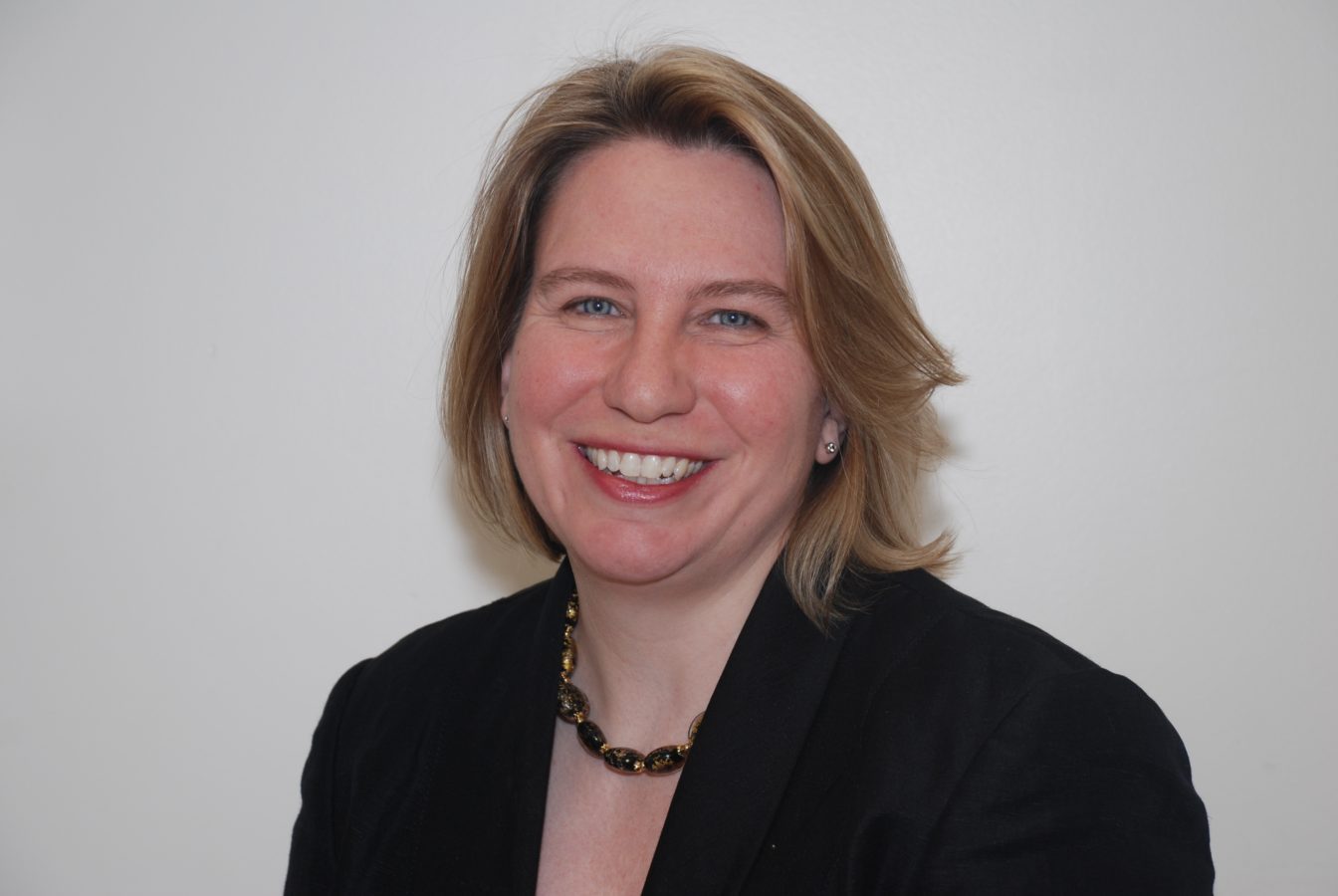
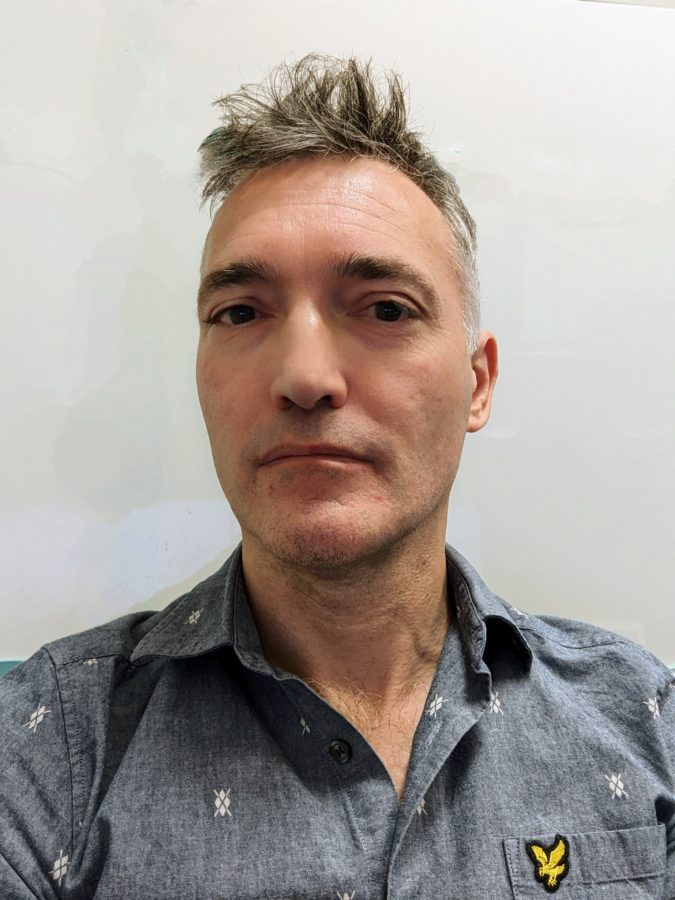
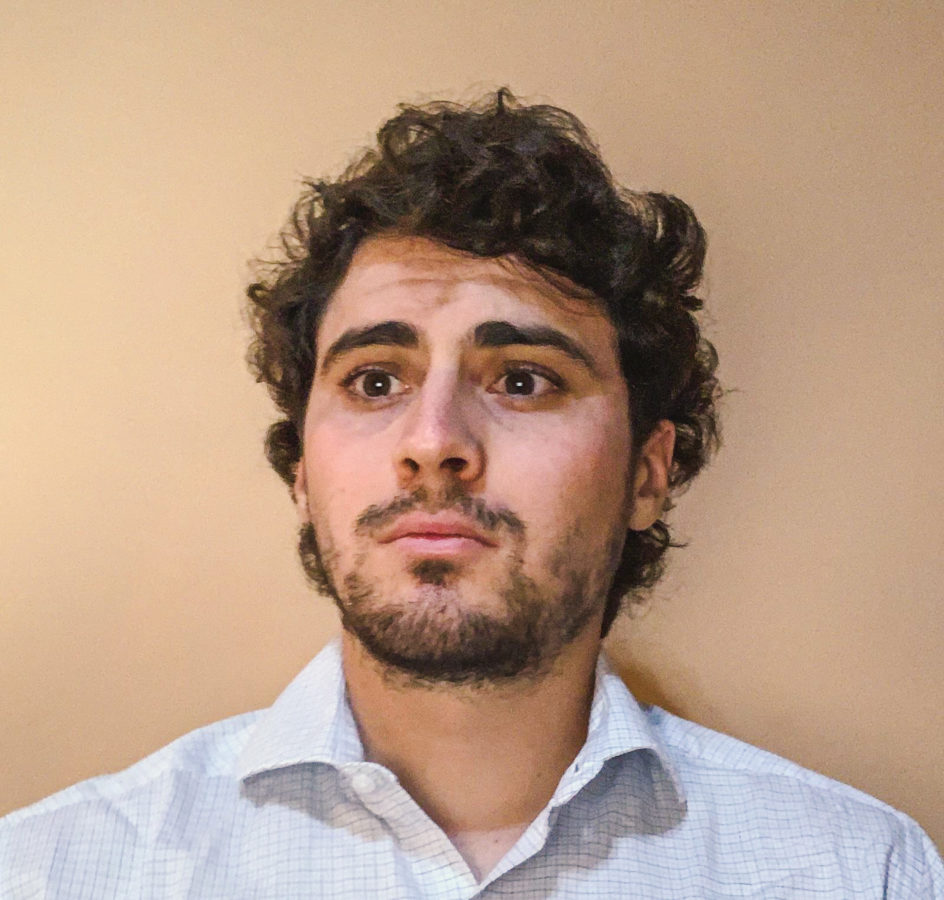

Videos & Q&A – Neuro-ophthalmology – Hot Topics 2021
The topics chosen are a combination of the classical Neuro-Ophthalmology armamentarium, like “Life-threatening diplopia” and “The swollen optic disc”, as well as a current hot subject of interest: “The neuroophthalmological manifestations of Covid -19”.
Click here to view any of the talks listed below
| Neuro – Ophthalmology – Hot Topics Full webinar Additional Q&A |
| Life Threatening Diplopia – Andrew Lee (United States ) |
| Positive Visual Phenomena – Gordon Plant (United Kingdom) |
| Neuro – ophthalmic Manifestations of Covid-19 – Karl Golnik (United States) |
| Discussion/Q&A |
| Swollen Optic Disc – Jonathan Trobe (United States) |
| Optic Neuritis and other Optic Neuropathies – Misha Pless (Switzerland) |
| Giant Cell arteritis – Nicholas J. Volpe (United States) |
| Discussion/Q&A |
Moderators & Speakers
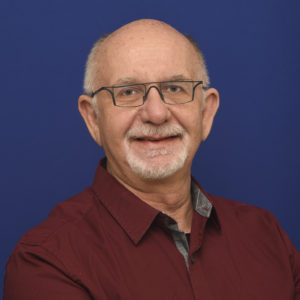

Forthcoming Webinar Programme – Click here

